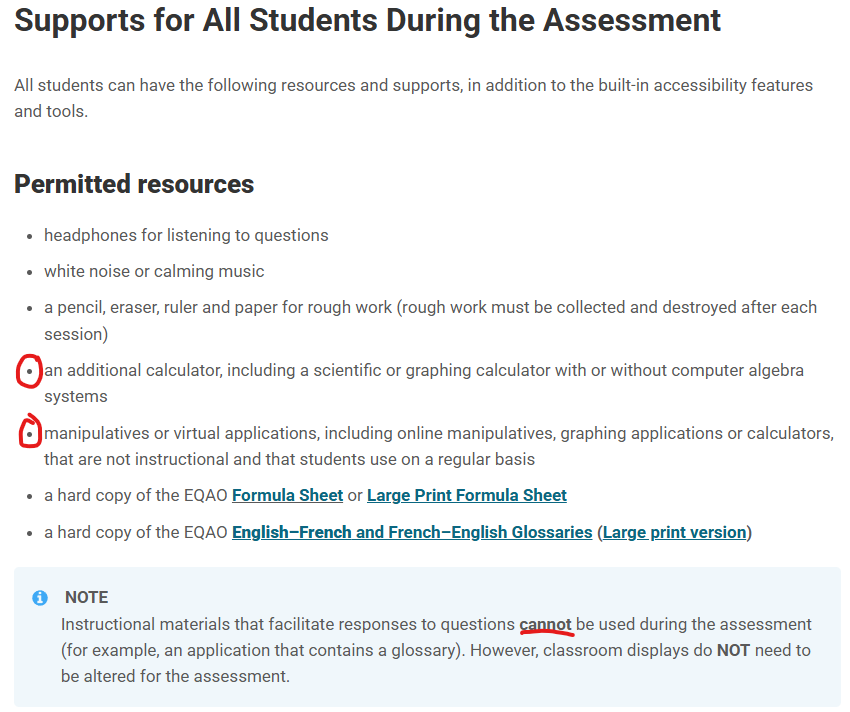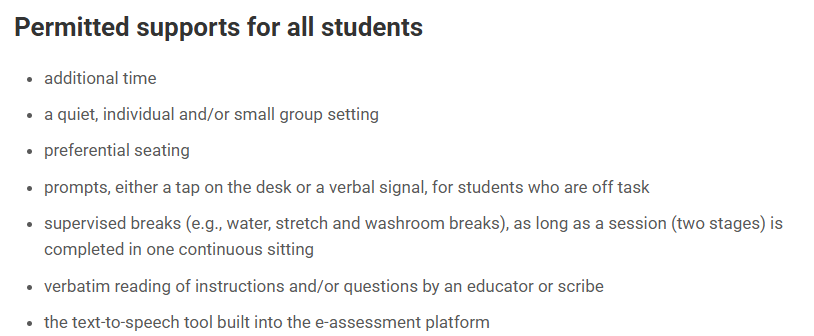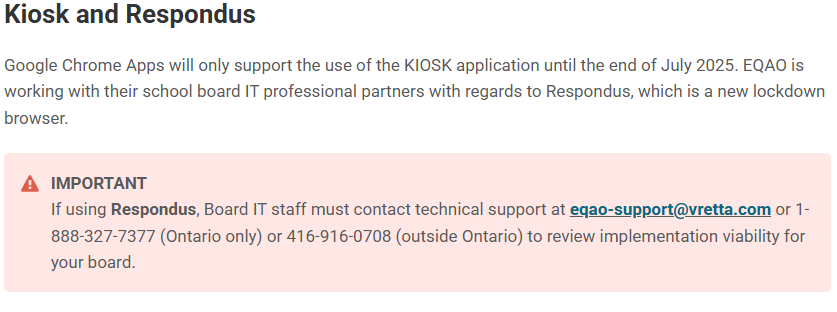I attended OAME on May 8th and 9th, 2025. It’s a conference for Ontario math teachers. It was good to mingle with math teachers and have time to explore some new technologies. It’s always useful to see how the other school boards are doing things. Overall, the conference was very light on research and is ideologically driven. You can’t go there expecting workshops from researchers. It’s a practitioner conference which has its benefits and downsides.
Workshops
Here are the sessions I attended :
Thursday, May 8 schedule
- Thu 8:30 am – 9:45 am T1.03 – Making Mathematical Art and Music Using Polypad
- Thu 10:00 am – 11:15 am T2.01 – Change Math Anxiety into Math Esteem
- Thu 11:30 am – 12:30 pm AFEMO – Enseigner et apprendre avec l’IA en mathématiques
- Thu 12:30 pm – 1:45 pm T3.24 – Unlocking Assessment Opportunities with Safe-Exam Browser
- Thu 2:00 pm – 3:15 pm T4.03 – Bringing Algebra, Coding & Geometry to Life with Rover Polygon
- Thu 3:30 pm – 4:45 pm T5.11 – Exploring Teachers’ and Administrators’ Experiences with a Digital Mathematics Screener for K-4 Students: Going Digital or Staying with Pen and Paper?
Friday, May 9 schedule
- Fri 8:30 am – 9:45 am F1.17 – Assessing for Success: Balancing the Full Spectrum of Math Assessment with Knowledgehook
- Fri 10:00 am – 11:15 am F2.01 – In Search of the Basics of Mathematics Teaching and Learning
- Fri 12:30 pm – 1:45 pm F3.23 – Fun with Python Coding and Culturally Rich Algorithms
- Fri 2:00 pm – 3:15 pm F4.09 – Cribbage: the friendly game with friendly numbers
- Fri 3:30 pm – 4:45 pm F5.25 – Micro:Bits “Tiny Computers, Big Possibilities”
- *** I missed the last workshop on Micro:Bits because our train left early.
Full workshop descriptions can be found in the conference program.
Notes
Making Mathematical Art and Music Using Polypad – David Poras
Polypad is a free website with amazing math manipulatives. David Poras is great. Check out this webinar to see him and Polypad in action. This particular workshop was about making music with Polypad to engage students. I’m a big fan of extracurricular mathematical explorations. Some students will want to participate in the art contests:
- https://teacher.desmos.com/collection/662c0c75523202ff56fc058b
- https://polypad.amplify.com/contest#2025
- https://www.desmos.com/art
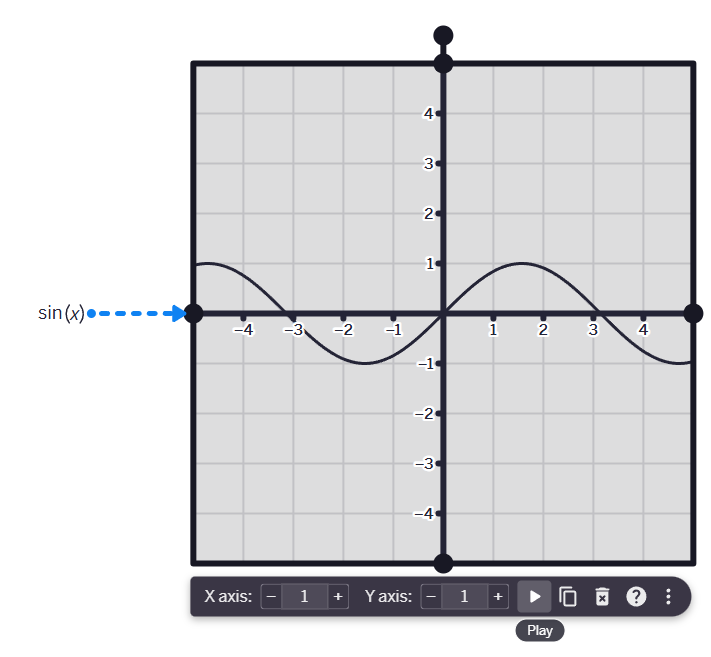
I won’t devote too much classroom time teaching kids how to make music with math, but I’ll definitely use and encourage students to use Polypad’s manipulatives for demonstrations. One way to use the sound features in the classroom is to play the sound of a particular function and get students to guess the equation that led to the sound.
I’ve also used Amplify’s Fluency practice to ensure my students know the math facts.
Keynote: Change Math Anxiety into Math Esteem – Valerie Camille-
Jones
This keynote was rather shallow. Spending days on creating a TikTok rap to memorize the quadratic formula is a waste of time, in my opinion.
Enseigner et apprendre avec l’IA en mathématiques – Martin Parent
This workshop was about using AI to generate problem sets and activities. Sure, this can be useful if you’re in a pinch and need a fast resource. However, carefully crafted problem sets are far superior to AI-generated ones. AI doesn’t have the broader context of what you did the day before, the year before, and what you’ll do in the following years. Curriculum designers are experts for a reason. Isolated worksheets made by teachers, taken from the internet, or generated by AI will always suffer from this limitation. They might be great in isolation, but how do they fit in the bigger picture? I’ve concluded that teachers should spend less time prepping materials and more time preparing how they’ll deliver the material, and more time giving feedback to students.
Unlocking Assessment Opportunities with Safe-Exam Browser – Ray Perkins & Jared Bennett
Safe Exam Browser is software that only allows students to access certain websites and apps. This is useful for digital assessments like EQAO’s grade 9 math test. Students can access Desmos, GeoGebra, Polypad and Google Translate during the EQAO tests. EQAO’s CEO attended the workshop and confirmed that this was allowed. Below is what is posted on their website:
Here’s what another section of the website says:
- During the assessments, no one may explain, define, translate or provide examples of reading vocabulary or writing terminology to students, including those with accommodations.
- During the assessments, nothing may be said or done to influence student responses. At no point during or after the assessments may anything be said or done to encourage or influence students to alter or revise their responses.
- During or after the administration of the assessments, no one may read, review or correct student responses. This includes copying, rewriting, editing or altering student responses in any way.
- Any circumstances that may affect the scoring of student responses or may have affected the validity of any student performance (e.g., a discussion between two students during the assessment) must be documented and reported to EQAO through designated mechanisms as outlined in the user guide.
The first bullet point implies that the use of Google Translate is not allowed. “Instructional materials that facilitate responses to questions cannot be used during the assessment.” This sentence implies that a tool like Desmos is too powerful since it “facilitates responses to questions.” By looking at the released questions, about half the questions benefit from the use of a tool such as GeoGebra.
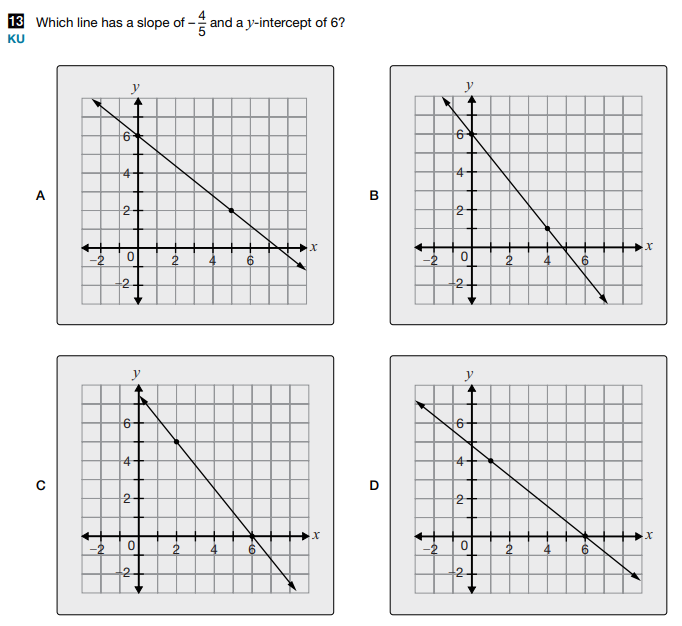
One could argue that students will run out of time if they have to input every question in Desmos. The question above is easily answerable with a graphing calculator, but it’s much faster to understand the concept of a slope and select the right answer. Furthermore, students are allowed additional time, which further reduces the validity of the inferences made from the test results.
Our school board provides a Chromebook to each student. Safe Exam Browser is not available on Chromebooks. That said, Kiosk is the equivalent, but it’ll stop working as of July 2025. Respondus will probably be the next software.
I look forward to working with the IT team to use Google Sheets for my MDM4U tests. I can ask students to create graphs, analyze data, write simulations or create a survey in Google Forms.
Bringing Algebra, Coding & Geometry to Life with Rover Polygon – Tom Steinke
This was an interactive session about programming a robotic car (Rover) with Python code. You can watch this cheesy commercial to see it in action. It was fairly easy to get the car to move as we didn’t have to learn Python syntax. All the code was accessible through menu-driven programming. I liked that the marker left a trace of the car’s trajectory. This allowed us to connect coding with geometry concepts.
The first exercise that Tom gave us was to draw a square with Rover. Instructions look something like this:
- Drive forward one unit.
- Rotate 90 degrees right.
- Drive forward one unit.
- Rotate 90 degrees right.
- Drive forward one unit.
- Rotate 90 degrees right.
- Drive forward one unit.
The repetitive nature of the algorithm makes students beg for the idea of a loop. The square challenge was a stepping stone to the next challenge of drawing an equilateral triangle. I encourage to try to write the algorithm before reading further. Here’s one solution:
- Drive forward one unit.
- Rotate 120 degrees right.
- Drive forward one unit.
- Rotate 120 degrees right.
- Drive forward one unit.
A student might know that the sum of the angles in a triangle is 180 degrees. They have to realize that the angles in an equilateral triangle are all the same, and hence 60 degrees. The naive programmer will rotate by 60 degrees and will blame the car for not drawing the right thing. This usage of robotics and coding as a feedback loop is a great way to learn and tinker.
This type of activity, at least once per semester, has its place in every math classroom. You can challenge older students to use for loops to draw continuous functions with parametric equations.
Is it worth the investment of money and time? Probably not unless you partner with the robotics teacher. A viable alternative is to rent the suitcases or to invite the representative to run an activity in your classroom. What I prefer doing is to ask students to draw interactive shapes in Desmos.
Digital Mathematics Screener for K-4 Students – Ebrahim Talaee
This early math screener was impressive. The research team is from Carleton University, which is a potential collaboration for my PhD research starting in the fall of 2025. Understandingly, folks oppose standardized testing at such a young age. However, early universal screening is the best way to detect and intervene on a lack of foundational knowledge that can compound over time.
Math Assessment with Knowledgehook – Ann Pigeon
Our school board is moving forward with Knowledgehook as of the next academic year. In theory, this should save time for teachers, harmonize teaching standards across the province, grant access to quality practice opportunities to students regardless of their teachers and provide administrators valuable information at a system level. I’m looking forward to piloting this tool next year.
Keynote: In Search of the Basics of Mathematics Teaching and Learning – Nat Banting
Nat Banting is a great speaker. I didn’t take anything away from the talk, but he was the most entertaining speaker I’ve seen.
Fun with Python Coding and Culturally Rich Algorithms – Adriana Silvestre
This workshop had a lot of potential. We wrote algorithms in Python to reproduce ancient theorems. The delivery of the workshop was a bit clunky. The activities were way too difficult for the average high school student with no coding experience. We needed a lot more scaffolding. I have experience with Python and math, and struggled to get through the tasks.
Cribbage: the friendly game with friendly numbers – Genevieve
Lesperance
We learned how to play Cribbage for an hour. We started by playing a simplified version and built our way up to the full game. I expected more fancy stats that I could bring back to my MDM4U class but it was more for elementary students. I learned that I could use Polypad to get PNGs of cards. This Wolfram article is solid for Cribbage advanced stats.

